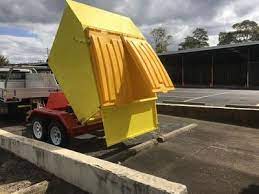
Casting is a manufacturing process that involves pouring molten metal into a mold to create a desired shape. The term is derived from the Latin word “castra,” meaning “a throwing, casting or heaping together.” Casting began as an ancient method of making objects from pre-existing materials, such as bronze or clay. Today, casting is used to create many different objects, including cars, airplanes and medical devices.
Sand casting
Sand casting is one of the oldest and most versatile casting methods. It can be used to create castings of virtually any size or shape. The process begins by creating a mold out of sand. This is done by packing sand around a pattern, which is a replica of the desired casting. The mold is then sealed and the sand is compacted. Molten metal is then poured into the mold, where it hardens and takes on the shape of the pattern. The mold can then be broken open to reveal the finished casting. Sand casting has been used for centuries to create everything from small parts to large sculptures. It is an inexpensive and versatile process that can be used for a wide variety of applications.
Advantages of sand casting
Sand casting is a process that has been used for centuries to create metal castings. It is a versatile process that can be used to produce small or large parts and it can be used with a wide range of metals. Another advantage of sand casting is that the process can be adapted to accommodate changes in the design of a part.
There are several materials that can be used in the making of sand molds, including natural sand, synthetic sand, and clay. The most popular material for making sand molds is silica sand, which is a type of quartz that is found in many parts of the world. Silica sand is inert and has a very high melting point, making it an ideal choice for casting metals. Other materials that can be used in sand casting include green sands and refractory sands. The main reason for using green sands is that they can be reused. Green sands are also less likely to cause defects in the casting.
The refractory sand is a mixture of sand, clay, and other materials that have been specifically formulated to withstand the high temperatures and extreme conditions that occur during the casting process. The refractory sand helps to prevent the formation of furnace slag and oxidation of the casting, which can cause defects in the final product.
There are some disadvantages to this process. One disadvantage is that it can be difficult to create detailed parts with sand casting. Additionally, the process often results in a rough surface finish on the metal parts. This can make it difficult to paint or otherwise finish the parts.




